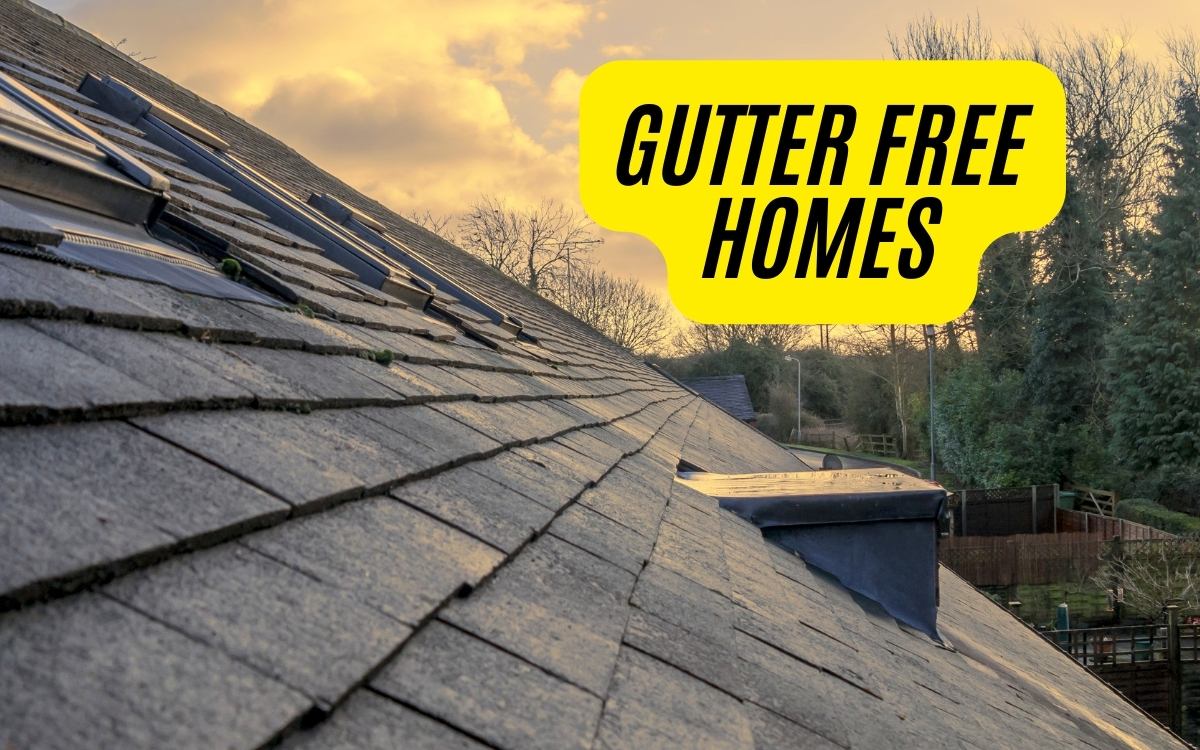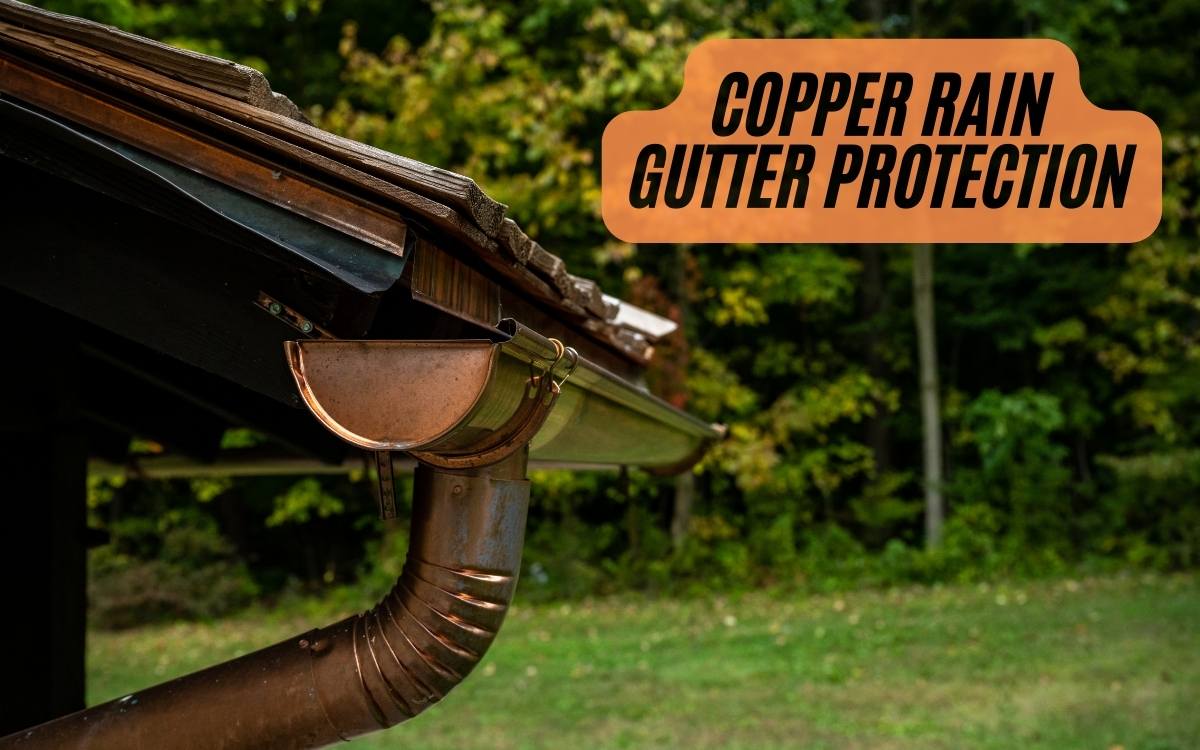STEEL SHOWDOWN: Framing Frenzy for Dream Homes
When building dream homes, the choice of framing material is pivotal, and steel framing is gaining popularity as a superior alternative to traditional wood framing. Steel offers durability, versatility, and sustainability, resisting water damage, pest infestations, and fires, while supporting heavier loads and lasting for generations with minimal maintenance. Although steel framing has its limitations, such as higher upfront costs and challenges with insulation installation, its benefits make it a strong contender for new builds and full remodels. By understanding the pros and cons, homeowners can make an informed decision, and discover the full potential of steel framing for their dream home.
Steel's Advantages Over Wood
A sturdy steel beam, resistant to the tests of time and environment, stands as a monument to the advantages of steel framing over its wooden counterpart.
Steel offers superior durability, resisting water damage and rot, and is impervious to pest infestations, reducing maintenance costs. Its non-combustible nature guarantees structural integrity in the event of fires.
With proper maintenance, steel frames can endure for generations without needing replacement. Additionally, steel can support heavier loads, making it suitable for designs featuring heavy roofs or concrete floors.
Disadvantages of Steel Framing
Steel framing's benefits are undeniable, but it's equally important to acknowledge its limitations.
While steel offers numerous advantages, it also has some drawbacks that must be considered. For instance, steel framing can result in boxy designs, limiting complex rooflines and intricate architectural details.
Additionally, steel is a natural conductor, making insulation installation more challenging, which can lead to higher energy bills.
Rust can also be a concern if not properly managed, compromising the structural integrity of the home.
Moreover, steel frames may not be suitable for homes requiring steep pitches, dormers, or wide overhangs.
Cost Comparison Breakdown
Framing material expenses can substantially impact a project's overall budget, making it essential to understand the cost comparison between steel and wood framing.
- Steel frames cost an average of $1.50 per foot to install, while wood prices vary widely from $1 to $5 a foot, depending on the availability of the timber.
- Metal frames cost between $2 to $4 a foot, and labor costs are higher for steel frames due to their heavier weight.
- Factoring in lifetime maintenance costs is essential when deciding between steel and wood framing, as steel frames require more insulation to maintain energy efficiency.
- Consulting with a professional is recommended to determine the best framing material for specific needs, considering factors such as climate, design, and budget constraints.
Is Steel the Right Choice
Considering the unique benefits and drawbacks of steel framing, homeowners must weigh the pros and cons carefully to determine whether this material is the right fit for their project.
Steel offers numerous advantages, including resistance to water damage, pests, and fires, as well as its ability to support heavy loads and last for generations.
However, it also has limitations, such as its boxy design, high energy bills, and rust susceptibility.
While steel framing may not be ideal for homes with intricate rooflines, it is a strong contender for most new builds and full remodels.
Steel Framing Essentials
As homeowners weigh the merits of steel framing, a thorough understanding of its core components and installation processes is vital to making an informed decision.
Steel framing involves the use of light-gauge steel studs and tracks to construct the skeleton of a building.
This framing method offers several benefits, including:
- Durability: Steel frames can withstand harsh weather conditions and last for decades with minimal maintenance.
- Pest resistance: Steel is impervious to pests and rodents, reducing the risk of damage and infestation.
- Fire resistance: Steel framing is non-combustible, providing an added layer of safety in the event of a fire.
- Sustainability: Steel is fully recyclable, making it an environmentally friendly choice for eco-conscious homeowners.
Frequently Asked Questions
Can Steel Framing Be Used for Historic Home Restorations?
While steel framing offers numerous advantages, its use in historic home restorations is often limited due to aesthetic and structural incompatibilities, making wood framing a more suitable choice for preserving original architectural integrity.
Are Steel Frames Compatible With Radiant Floor Heating Systems?
Steel frames are compatible with radiant floor heating systems, but require careful installation to guarantee proper heat transfer and insulation to minimize heat loss, as metal conducts heat efficiently.
Do Steel-Framed Homes Require Special Foundation Designs?
Steel-framed homes typically require standard foundation designs, but may necessitate additional consideration for load-bearing capacities and anchoring systems to guarantee structural integrity, particularly in areas prone to high winds or seismic activity.
Can Steel Framing Accommodate Large Windows and Sliding Glass Doors?
Steel framing can accommodate large windows and sliding glass doors by utilizing specialized header systems, reinforced connections, and strategic placement of structural elements, allowing for expansive openings while maintaining the integrity of the frame.
Are Steel Frames Suitable for Homes Built in High-Wind Zones?
Steel frames are suitable for high-wind zones due to their inherent strength and durability, offering superior resistance to wind-borne debris and structural stress, making them an ideal choice for homes in hurricane-prone or tornado alley regions.



